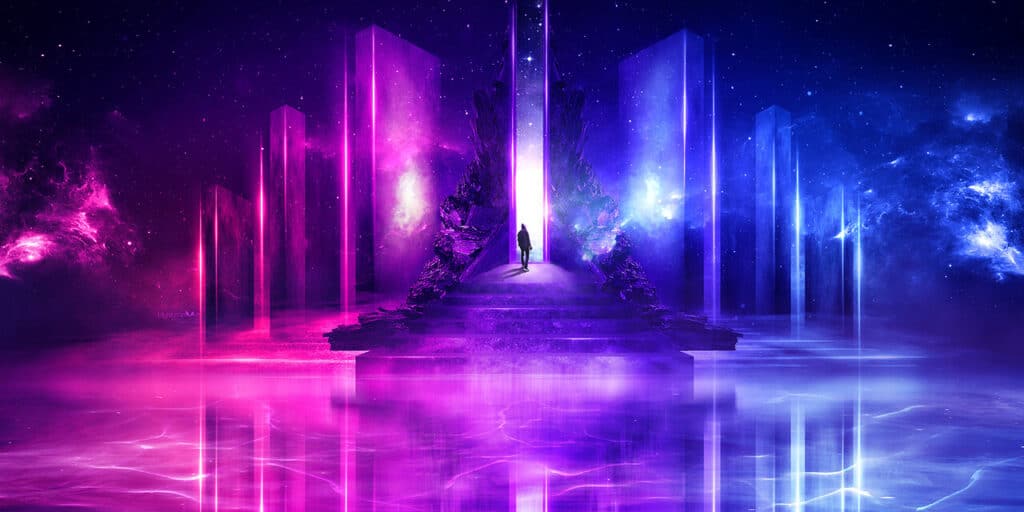Genesis Chapter 1: The Cosmic Temple

As I prepare for a series of messages at our church, I am researching the concept of looking at Genesis Chapter 1 as a cosmic temple. I thought I would publish the information here on our Online Bible Institute for anyone interested.
The Book of Genesis revered as the opening book of the Hebrew Bible and the Christian Old Testament, has captured the imagination of readers for millennia. While commonly understood as the story of the world’s creation in seven days, Genesis 1 can also be seen as a depiction of the cosmos as a divine temple.
In the ancient Near East, temples were not just places of worship; they were seen as microcosms of the universe. They represented the ordered cosmos in contrast to the chaotic wilderness. Similarly, in Genesis 1, God crafts the universe deliberately, ordered, akin to a craftsman setting up a temple. Each day of creation can be understood as a step in building and furnishing this cosmic temple.
On the first day, God creates light, separating it from darkness, reminiscent of how temple rooms were separated from outer darkness. On the second day, the waters are divided, forming the sky and the sea, creating a space in between. This is like the delineation of sacred spaces within the temple. By the third day, land appears, and vegetation sprouts, like a temple decorated with garden motifs, representing the fertile land.
Day four witnesses the establishment of celestial bodies to govern time. These luminaries are reminiscent of the lampstands and other sources of light in ancient temples. Their role is not merely functional; they are markers of sacred times and seasons, just as temple rituals align with celestial cycles.
The fifth and sixth days introduce life – creatures of the sea, sky, and land. These creatures might be seen as parallel to the living representations in temple iconography. Furthermore, God’s instruction for them to be fruitful, multiply, and fill the earth is a blessing of abundance, a motif often depicted in temples.
Finally, on the sixth day, humans are created in the image of God. This is significant. In the Ancient Near East temples, the image of a deity was placed in the innermost sanctuary. Similarly, humans, bearing the divine image, are entrusted with the task of ruling and stewarding the earth, essentially acting as God’s representatives. This elevates humanity’s role in the cosmic temple; they are both inhabitants and caretakers.
The seventh day, the day of rest, is the climax of the creation account. God’s rest is not one of weariness but of completion. In ancient temples, when the deity entered and rested in the temple, it signified that the temple was ready and functioning. Thus, God’s sabbatical rest in Genesis 1 can be understood as Him taking His rightful place in the cosmic temple, signifying its completion and sanctification.
In viewing Genesis 1 as a depiction of the universe as a cosmic temple, we gain a fresh perspective on the sacredness of creation. The world is not just a material reality; it’s a divinely crafted temple, inviting all to recognize the sanctity of existence and the profound interconnectedness of life.
Steve Lawes is a Church Consultant and also provides coaching for pastors, churches, ministries and church planters.

